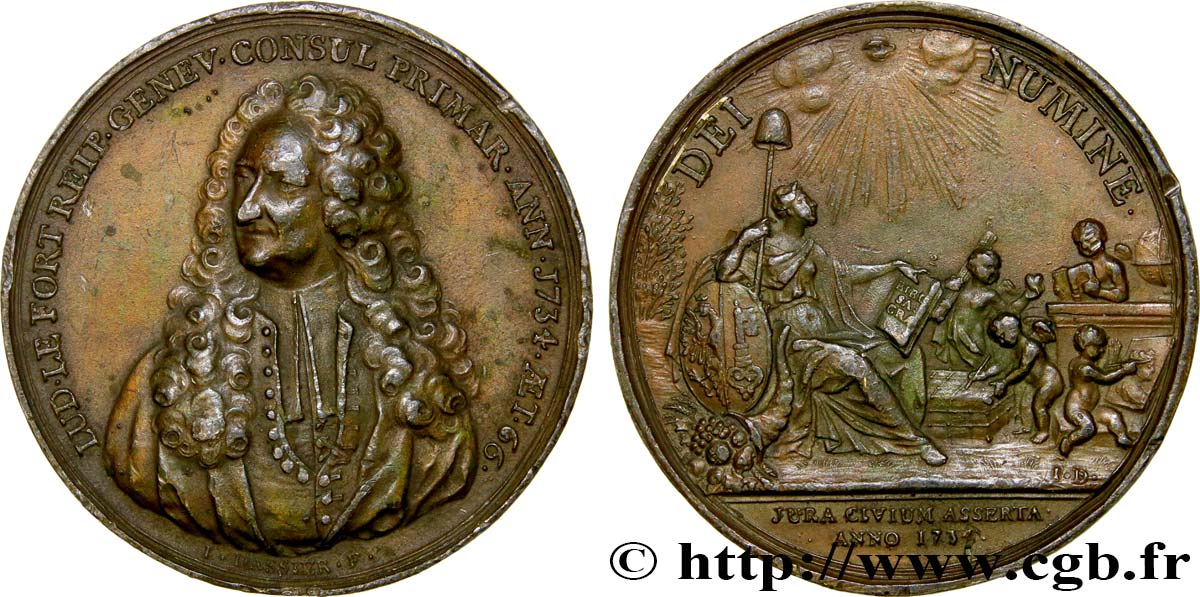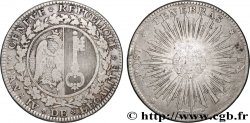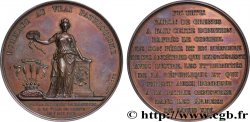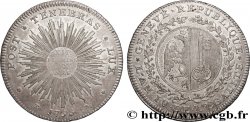fme_478676 - SWITZERLAND - REPUBLIC OF GENEVA Médaille pour Louis Le Fort consul de Genève
200.00 €
Количество
Добавить в корзину

Тип Médaille pour Louis Le Fort consul de Genève
Дата: 1734
Монетный двор / Город: Suisse, Genève
Металл: bronzed tin
Диаметр: 55 mm
Ориентация осей монеты: 12 h.
Гравер DASSIER Jean (1676-1763)
Вес: 99,5 g.
Век: lisse
Комментарии о состоянии
Très intéressante médaille avec des traces de circulation. Patine hétérogène. Présence de coups et rayures
Ссылки в каталоге: :
Происхождение:
Cette médaille provient de la collection Isaac Tual (né en 1884)
Лицевая сторона
Аверс: легенда: LUD. LE FORT REIP. GENEV. CONSUL. PRIMAR.ANN. 1734. AE. T. 66.
Аверс: описание: Buste de trois quart face de Louis Le Fort.
Обратная сторона
Реверс: легенда: DEI - NUMINE // JURA CIVIUM ASSERTA / ANNO 1734 (À L’EXERGUE).
Реверс: Описание: Allégorie de la ville assise et accoudée sur les armes de la ville, face à elle quatre génies incarnant le commerce, l'art, la science et la force.
Комментарий
Le syndicat à Genève était un élu, détenteur d'une partie du pouvoir exécutif durant l'Ancien régime. La fonction de syndic apparaît avec le mouvement communal au milieu du XIIIe siècle lorsque les marchands et artisans se regroupent pour lutter contre la puissance seigneuriale de l’évêque de Genève. En 1309, l’évêque Aymon de Quart doit reconnaître l’existence de la commune dont l’organisation de base est le Conseil général auquel participent les habitants et qui élit les syndics. Plus tard, ils seront nommés par le Conseil des Deux-Cents.
Cette organisation disparaîtra en décembre 1792 dans les troubles provoqués par la Révolution française mais sera restaurée au XIXe siècle.
The union in Geneva was an elected body, holding part of the executive power during the Ancien Régime. The function of syndic appeared with the communal movement in the mid-13th century when merchants and artisans grouped together to fight against the seigniorial power of the Bishop of Geneva. In 1309, Bishop Aymon de Quart had to recognize the existence of the commune, whose basic organization was the General Council, in which the inhabitants participated and which elected the syndics. Later, they would be appointed by the Council of Two Hundred. This organization would disappear in December 1792 in the unrest caused by the French Revolution but would be restored in the 19th century.
Cette organisation disparaîtra en décembre 1792 dans les troubles provoqués par la Révolution française mais sera restaurée au XIXe siècle.
The union in Geneva was an elected body, holding part of the executive power during the Ancien Régime. The function of syndic appeared with the communal movement in the mid-13th century when merchants and artisans grouped together to fight against the seigniorial power of the Bishop of Geneva. In 1309, Bishop Aymon de Quart had to recognize the existence of the commune, whose basic organization was the General Council, in which the inhabitants participated and which elected the syndics. Later, they would be appointed by the Council of Two Hundred. This organization would disappear in December 1792 in the unrest caused by the French Revolution but would be restored in the 19th century.








 Cообщить об ошибке
Cообщить об ошибке Распечатать страницу
Распечатать страницу Отправить мой выбор
Отправить мой выбор Задать вопрос
Задать вопрос Consign / sell
Consign / sell
 Информация
Информация










